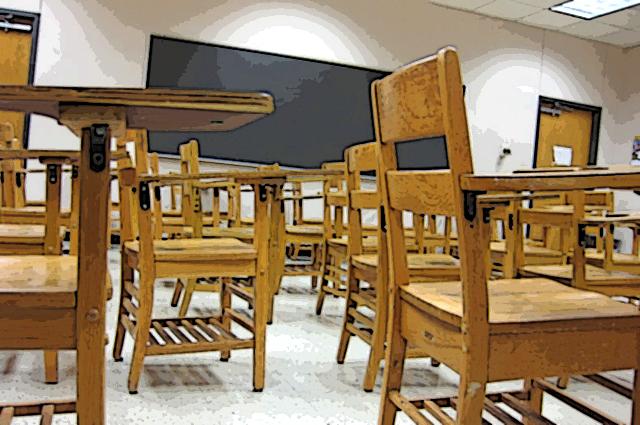
Given India’s young demographic and their linguistic characteristics, bilingual learning material is probably more relevant than ever before.The year 2016 was a vibrant one for the education sector. Several new developments took place and a gamut of themes and issues gathered pace to further transform the education landscape for the better. The two biggest beneficiaries of these changes have been the learner, who is at the centre of the learning eco-system, and the teacher, who is the principal pivot in this eco-system.
Following are the top five themes that dominated the education landscape in 2016 and will continue to impact the sector through 2017 as well.
Integrated and theme-based learning: Integrated learning solutions that seamlessly combine print and digital modes have made their presence felt and will potentially disrupt the school education sector in a big way this year. It is important that the content, being delivered in a classroom setting via different mediums, is consistent to provide context and enable optimum learning outcomes. In addition to print and digital integration, it is important for such solutions to be teacher-friendly, assessment-enabled, theme or activity-based, among other things. Theme-based learning modules enable contextual learning through a cross-disciplinary approach which aids conceptual clarity for the learner. This approach will probably be the biggest disrupter in modern-day schooling, if delivered to high quality standards with adequate teacher support.
Assessments: Assessments are today established as a potent tool to not just measure the learner’s performance but also modulate the overall teaching strategy, especially with the help of analytics in formative assessments. The year 2016 saw a massive focus on measurement of student outcomes and performance, in both online and offline mediums. Integrated and more developed assessment solutions that provide detailed analytics on student performance should get further traction in 2017.
READ: IITs express concern over impact of fees waiver to students
Professional development of teachers: There was a lot of focus on professional development of teachers in 2016, starting with the introduction of the Pandit Madan Mohan Malviya New Teachers Training Programme announced by the Government in the Union Budget of 2016. Shortage of trained teachers is a recognised hurdle in improving learning outcomes in the country. A continued focus on the professional development of teachers through a combination of online and offline learning modules is critical, given their pivotal role and contribution in the education eco-system.
Bilingual as medium of learning for young adults: India has a large and diverse learner base which is multilingual. In order to expand reach, it becomes imperative for learning organisations to develop content that is either in the native language of the learner or bilingual recognising that commerce and industry uses the English language. Experiments have shown that the use of mother tongue while delivering learning instructions enables faster and better understanding of learning outcomes, especially in the case of young adults.
Given India’s young demographic and their linguistic characteristics, bilingual learning material is probably more relevant than ever before.
READ: Real empowerment of women possible through education: President
Digital proliferation in education: The Internet and its proliferation and affordable and accessible devices have redefined learning ability unconstrained by factors like time and place. While digital proliferation in education is not a new trend, it saw a bigger push in 2016. Digital Literacy Mission was announced as part of the Union Budget 2016 to cover 60 million rural households within the next three years. ‘Digital Highways’ that are being created as part of the ‘Digital India Mission’ will play an important role in connecting ‘India and Bharat’. We do believe that the full impact of digitisation in education will play out even stronger in 2017 and beyond.
[“source-ndtv”]













